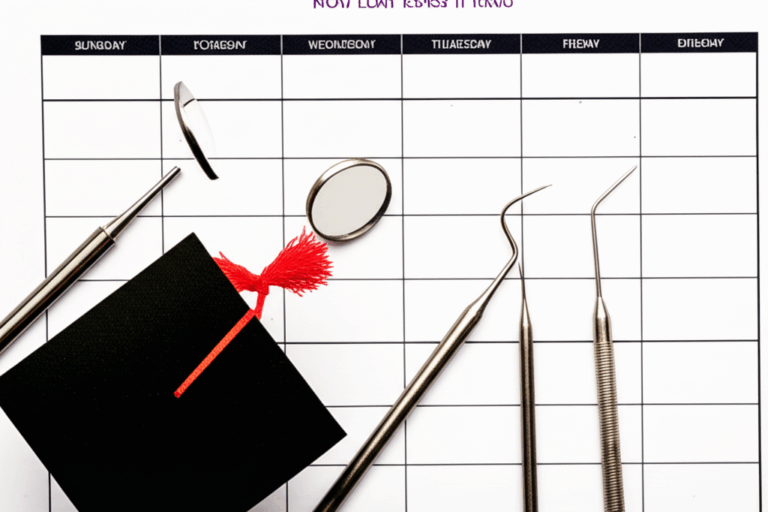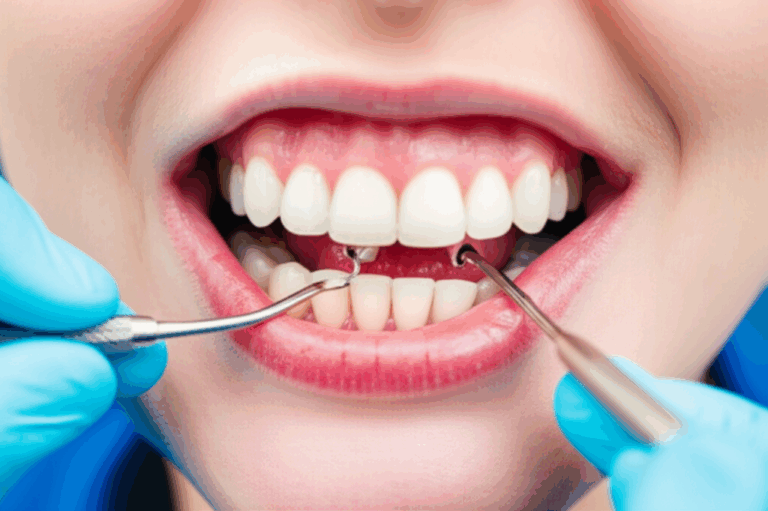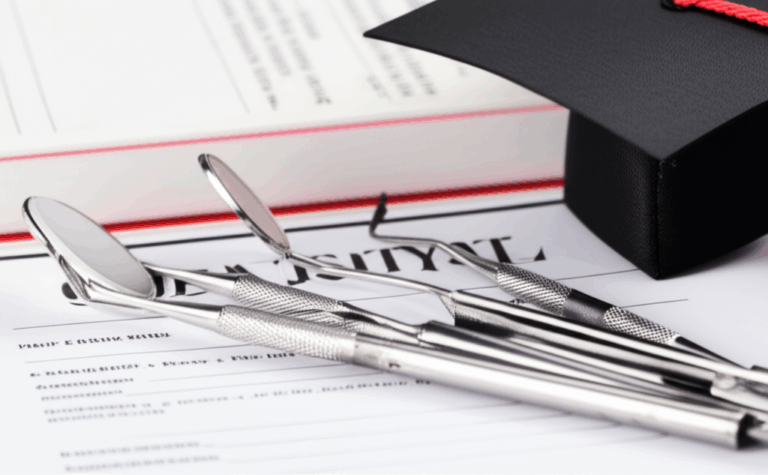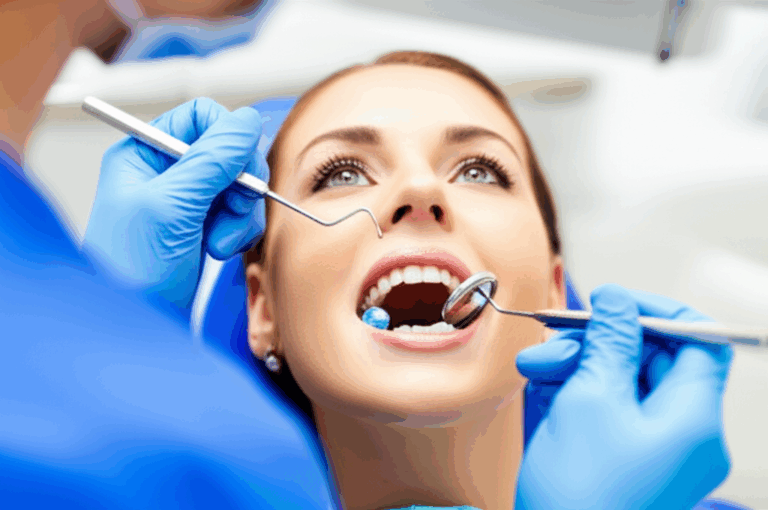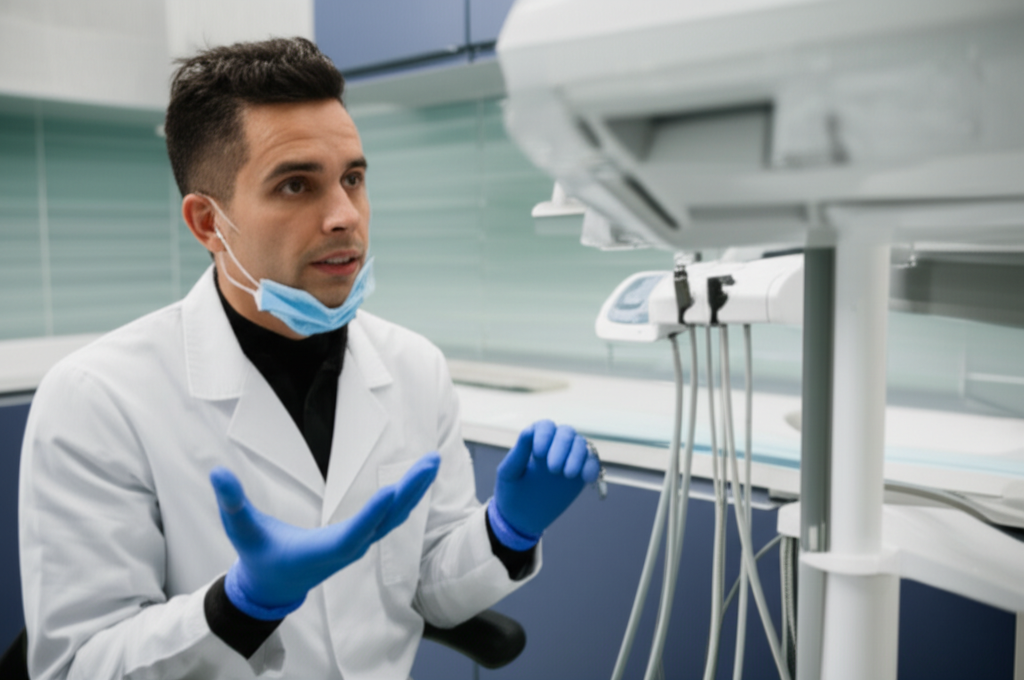
The Evolving Landscape of Dental Sedation: Why Nitrous Oxide Use is Changing
Have you ever heard a relative say, “My dentist used laughing gas and it worked wonders!” but—when you ask your own dentist—they mention other options instead? If you’ve found yourself wondering why nitrous oxide (laughing gas) seems less common in dental offices these days, you’re not alone. Many people have relied on this classic method to ease dental anxiety, so it’s only natural to question if it’s fallen out of favor—and more importantly, why.
Let’s clear things up. Nitrous oxide has been a mainstay in dentistry for generations. It helped many patients calm down in the chair and made nervous kids more comfortable. But times change, technology gets better, and patient needs change too. Dentists today have more ways to help you stay relaxed and pain-free—so where does laughing gas fit now? Are there better choices, or is there more to it?
In this guide, you’ll get clear answers. You’ll see why nitrous oxide isn’t always the main pick, what other options may work better, and how you can make your next dental visit easier.
In This Article
- Is Nitrous Oxide Still Used in Dentistry Today?
- Key Reasons for the Shifting Trend Away from Routine Nitrous Oxide Use
- Enduring Benefits: Why Nitrous Oxide Still Has a Place
- Navigating Your Sedation Options: A Conversation with Your Dentist
- Your Healthy Takeaway: What Modern Dental Comfort Means for You
Is Nitrous Oxide Still Used in Dentistry Today?
Before we ask “why don’t dentists use nitrous oxide anymore,” let’s clear up a common mistake. Nitrous oxide hasn’t vanished from dental offices. It’s just not the first choice for everyone like it used to be.
Where You’ll Still Find Laughing Gas
Dentists still use nitrous oxide in certain situations:
- Dentistry for kids: For children who are scared or have trouble sitting still, laughing gas is simple and goes away fast.
- Mild dental anxiety: If someone just needs a little help to calm down for cleanings or small treatments, nitrous oxide is an easy pick.
- Short, easy treatments: For quick jobs (like a small filling), laughing gas works well and you can recover quickly.
Less Common vs. Never Used: Getting the Facts Straight
Some people notice that fewer dental offices use nitrous oxide for all patients, especially for big treatments or for adults. But it’s not gone.
Think of nitrous oxide like an old, trusty tool in your garage—not outdated, but now there are newer and more specific tools for bigger jobs.
Why the Shift?
The change comes down to a few main reasons:
- More choices for sedation
- What patients expect or want has changed
- New safety and comfort studies
- Practical and environmental worries
Wondering what these other options are? Curious if laughing gas may still work for you? Let’s break down the reasons, so you know what to expect and how to get the care you want.
Key Reasons for the Shifting Trend Away from Routine Nitrous Oxide Use
It’s not just about “popularity.” The real answer includes new ways to relax patients, what patients want, and more reasons to think about safety for dental workers and the environment. Here’s what made the change happen, step by step.
1. Advancements in Alternative Sedation Methods
Dentistry has grown a lot. Now, patients and dentists can pick from many methods, depending on your level of anxiety, health, and the difficulty of your dental work.
A. Oral Conscious Sedation
- How it works: You take a calming pill before coming to the dentist.
- Benefits: No mask needed. You relax more deeply than with just laughing gas. It lasts longer, but most people feel pretty normal not long after.
- Cost: Usually cheaper than setting up a full nitrous oxide system.
- Best for: Moderate anxiety, longer procedures, people who dislike face masks.
B. IV Sedation
- How it works: The calming medicine goes straight into your vein by a trained professional.
- Benefits: Much deeper relaxation—sometimes called “twilight sleep.” Dentists can change how much you get during your visit.
- Where it’s used: For bigger jobs like taking out wisdom teeth or putting in implants.
- Downsides: Needs more training and special equipment.
C. Better Local Numbing
- Numbing shots work better now than they did years ago. Some patients don’t need any calming medicines at all because there’s no pain.
D. Other Ways to Calm Down
- Dental offices also use tools like virtual reality goggles, breathing apps, and distraction tricks for mild fears.
2. Changing Patient Preferences and Expectations
Let’s be honest—most people want to feel as comfortable as possible at the dentist. Some want to be asleep, some just want to chill out a little.
- Want more relaxation: More people ask about “sleep dentistry” for things like root canals or if they’ve had scary experiences before.
- Don’t like the mask: Some don’t like the nasal mask or what the gas feels like.
- Side effects: Rare, but some feel sick or dizzy with the gas. Pills or IV drugs can skip that.
3. Office Cost and Time
Dentists run a business. They need to balance giving good care with what it costs.
- Equipment costs: Nitrous oxide setups (tanks, hoses, safety vents) can cost thousands to buy and a lot to keep running.
- Regular bills: You have to keep buying the gas, making sure equipment is safe, and following rules.
- Takes more time: Using gas means getting set up before and after treatment, which can slow down the schedule.
4. Environment and Staff Health
Most don’t think about the gas hurting the planet—but it matters.
- Hurts the ozone: Nitrous oxide is much worse than carbon dioxide for global warming. One dentist’s office may not seem like much, but every bit helps.
- Dental team safety: If the system isn’t perfect, tiny amounts of gas can build up in the room and possibly cause health problems for workers—especially over many years or during pregnancy. Newer offices work hard to avoid this.
5. Who Is It Safe For?
Nitrous oxide is very safe, but not for everyone.
- Who shouldn’t get it:
- Bad lung problems (like COPD)
- Lack of vitamin B12
- Women early in pregnancy
- Eye surgeries involving gas bubbles
- Monitoring matters: Patients need to be watched closely. Not every office is set up for this.
Enduring Benefits: Why Nitrous Oxide Still Has a Place
Don’t count laughing gas out! In some cases, it’s the best choice. Here’s why dentists and patients still use it:
- Works quickly and wears off quickly: You feel relaxed fast, and after the gas stops, you feel normal again—so you can usually drive yourself.
- Stay awake: You can still talk or ask questions.
- No needles: If you hate shots, laughing gas can help you relax without them.
- Easy to adjust: Dentists can change the dose as you go.
- Great for kids and quick visits: Still used for most kids’ simple dental work—the dentist and child can keep talking.
Navigating Your Sedation Options: A Conversation with Your Dentist
So, what does all this mean for you? Your comfort and safety come first, and it starts with being honest.
1. Tell Them If You’re Worried
Don’t hide it. Many people feel nervous at the dentist, and a good dental team will help you. Tell them about past problems, what you’re scared of, or how you want to feel.
2. Share Your Health Info
Medical problems, pills, and if you’re pregnant can make a difference in what’s safe. Tell your dentist about:
- Allergies or sensitivities
- Long-term health problems (especially heart or lung)
- Medicines, vitamins, or recent operations
3. Ask About Choices
Don’t just go with the first thing they say if you have questions. Ask:
- What calming options do I have for my visit?
- What are the pros and cons for me?
- How fast will I feel normal again?
- Do I need a friend to drive me?
- How much does it cost? Will insurance help?
- Is there a risk for my health problems?
4. Speak Up For Your Needs
Say if you want something specific (laughing gas, pills, IV, or just relaxation tricks). Your dentist will help you see what fits you best.
Want the newest tech for comfort and care? Offices that work with a digital dental lab or a 3d dental lab may give more options and nicer visits from start to end.
“Who Is This For?”—Is Nitrous Oxide Right for Everyone?
Now the big question: Who should (and shouldn’t) think about laughing gas for their next dentist visit?
Nitrous Oxide Might Be Good If:
- You get a little nervous at the dentist.
- You want to drive home right after.
- You don’t like taking pills or IV needles.
- You’re having a small, easy treatment (like a filling).
- You’re a parent of a child who’s nervous about their visit.
Maybe Try Something Else If:
- You need big dental work that takes more than an hour.
- You’re very afraid, or had dental trauma before.
- You don’t like how the gas feels or the mask bothers you.
- You have health problems (COPD, B12 problem, pregnant).
- You want to “sleep” and not remember anything.
Remember, no one way works for everyone. The best way is the one that fits you.
Frequently Asked Questions About Nitrous Oxide and Dental Sedation
Q: Is nitrous oxide unsafe or banned?
A: No, it’s not banned. If used right, it’s safe for most people. A few people shouldn’t have it, like those with big health problems or who are early in pregnancy.
Q: Are there long-term risks for patients using laughing gas?
A: For people who only get it now and then, there’s basically no risk. The worry is for dental workers who breathe it in every day.
Q: Can I ask for laughing gas if I want it?
A: Yes! Ask about your options. Some dentists may not have it, but most will talk through choices.
Q: Is a calming pill better than laughing gas?
A: Not always—it depends on what you need. Pills are good for deeper or longer relaxing, laughing gas is fast for mild to medium nerves.
Q: Are other ways safe for kids?
A: Dentists for kids often still use laughing gas for mild anxiety. Calming pills can be used for older kids or in special cases—your dentist will say what’s safest.
Your Healthy Takeaway: What Modern Dental Comfort Means for You
Let’s go over the most important things so you can feel at ease for your next dental visit:
Key Points:
- Nitrous oxide isn’t “gone”; it’s just used when it makes the most sense.
- Dentists have more ways now—like calming pills and IV—for different people and treatments.
- Numbing shots and other tricks also help with fear and pain for many.
- Worries about the planet and staff safety are another reason some offices use less laughing gas.
- Your choice is personal. It depends on your health, your treatment, and what makes you feel safest.
Next Steps: How to Take Control of Your Dental Comfort
If you need big work—like implants or whole jaw replacements—dentists that work with a special implant dental laboratory often make the process smoother and more comfortable.
Empower Yourself for an Anxiety-Free Dental Experience
You should feel comfortable and confident, whatever dental care you need. Don’t be shy about bringing up your worries next time. If you’re looking for a dentist with the best ways to calm you—laughing gas, pills, new tech, or just a gentle touch—remember: you have choices.
Dental technology keeps moving forward. The big idea now? Care that fits you, with comfort and safety always first. That’s something to smile about.
For more tips or ways to get ready for a visit, see our dental practical guide—your easy helper for every dental step.
This article used info from top dental groups and new studies, including the ADA, AAPD, and OSHA. If you have health questions, always check with a real dentist or doctor.

